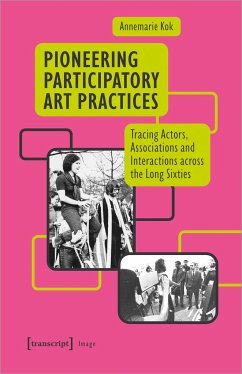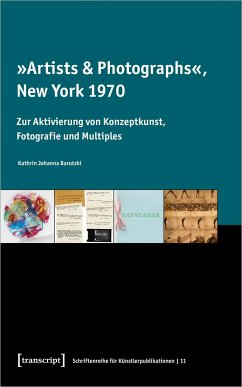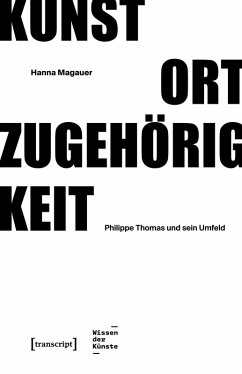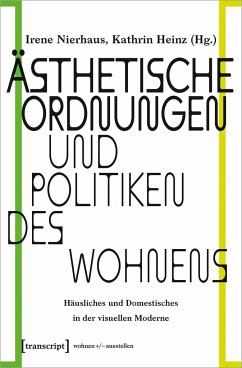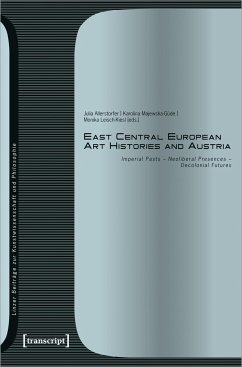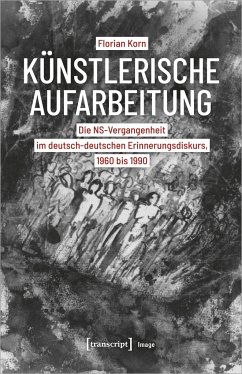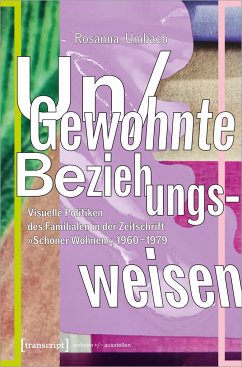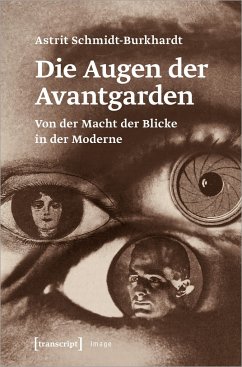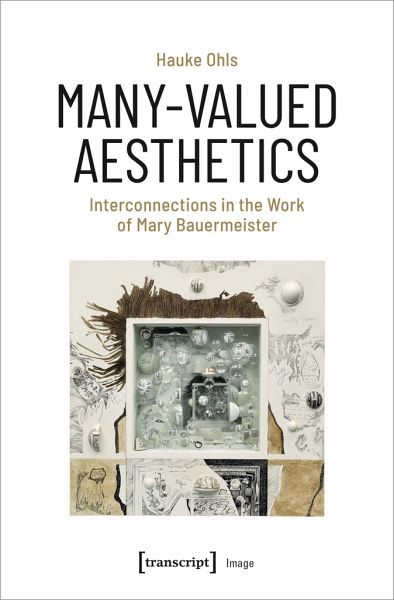
Many-Valued Aesthetics
Interconnections in the Work of Mary Bauermeister

PAYBACK Punkte
19 °P sammeln!
»Yes, No, Perhaps« are the most written words in Mary Bauermeister's artworks. Together they stand for the concept of many-valued aesthetics in the German artist's oeuvre - an aesthetic that Bauermeister developed using many-valued logic. Hauke Ohls brings the artist's central groups of works in context with each other as well as with the neo-avant-garde of the post-war period in Europe and the USA. He shows that the development of Bauermeister's art may appear disparate, but her canvas and relief works, drawings and writing pictures, lens boxes and stone pictures are characterized by a reci...
»Yes, No, Perhaps« are the most written words in Mary Bauermeister's artworks. Together they stand for the concept of many-valued aesthetics in the German artist's oeuvre - an aesthetic that Bauermeister developed using many-valued logic. Hauke Ohls brings the artist's central groups of works in context with each other as well as with the neo-avant-garde of the post-war period in Europe and the USA. He shows that the development of Bauermeister's art may appear disparate, but her canvas and relief works, drawings and writing pictures, lens boxes and stone pictures are characterized by a reciprocal relationship of combinations and interconnections. Through the ubiquitous use of meta-references, the entire oeuvre ultimately appears as an interconnected assemblage.
Dieser Artikel kann nur an eine deutsche Lieferadresse ausgeliefert werden.




